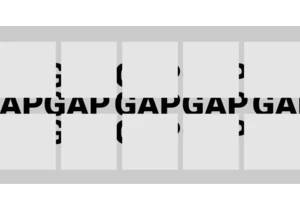Spoiler alert: There is no support for it yet. But it is defined in the Media Queries Level 5 spec that includes other recent, but more familiar user preference features, like prefers-color-scheme and prefers-reduced-motion. The Polypane blog goes into incredible depth on prefers-reduced-data, especially for something that we have yet to see in the wild. That’s actually what makes the Polypane team an ideal voice on the subject. It’s product is a browser that is able to emulate … Read article “Creating websites with prefers-reduced-data”
The post Creating websites with prefers-reduced-data appeared first on CSS-Tricks. You can support CSS-Tricks by being an MVP Supporter.
https://polypane.app/blog/creating-websites-with-prefers-reduced-data/
Inicia sesión para agregar comentarios
Otros mensajes en este grupo.

Styling the space between layout items — the gap — has typically required some clever workarounds. But a new CSS feature changes all that with just a few simple CSS properties that make it easy, ye

Being the bad boy I am, I don't take Tailwind's default approach to cascade layers as the "best" one. Over a year experimenting with Tailwind and vanilla CSS, I've come across what I believe is a b


KelpUI is new library that Chris Ferdinandi is developing, designed to leverage newer CSS features and Web Components. I've enjoyed following Chris as he's publishe

The CSS if() function enables us to use values conditionally, which we can already do with queries and other functions, so I’m sure you’re wondering: What exactly does if()

The CSS if() function was recently implemented in Chrome 137, making it the first instance where we have it supported by a mainstream browser. Let's poke at it a bit at a very high lev

Zell discusses refactoring the Resize, Mutation, and Intersection Observer APIs for easier usage, demonstrating how to implement callback and event listener patterns, while highlighting available o
